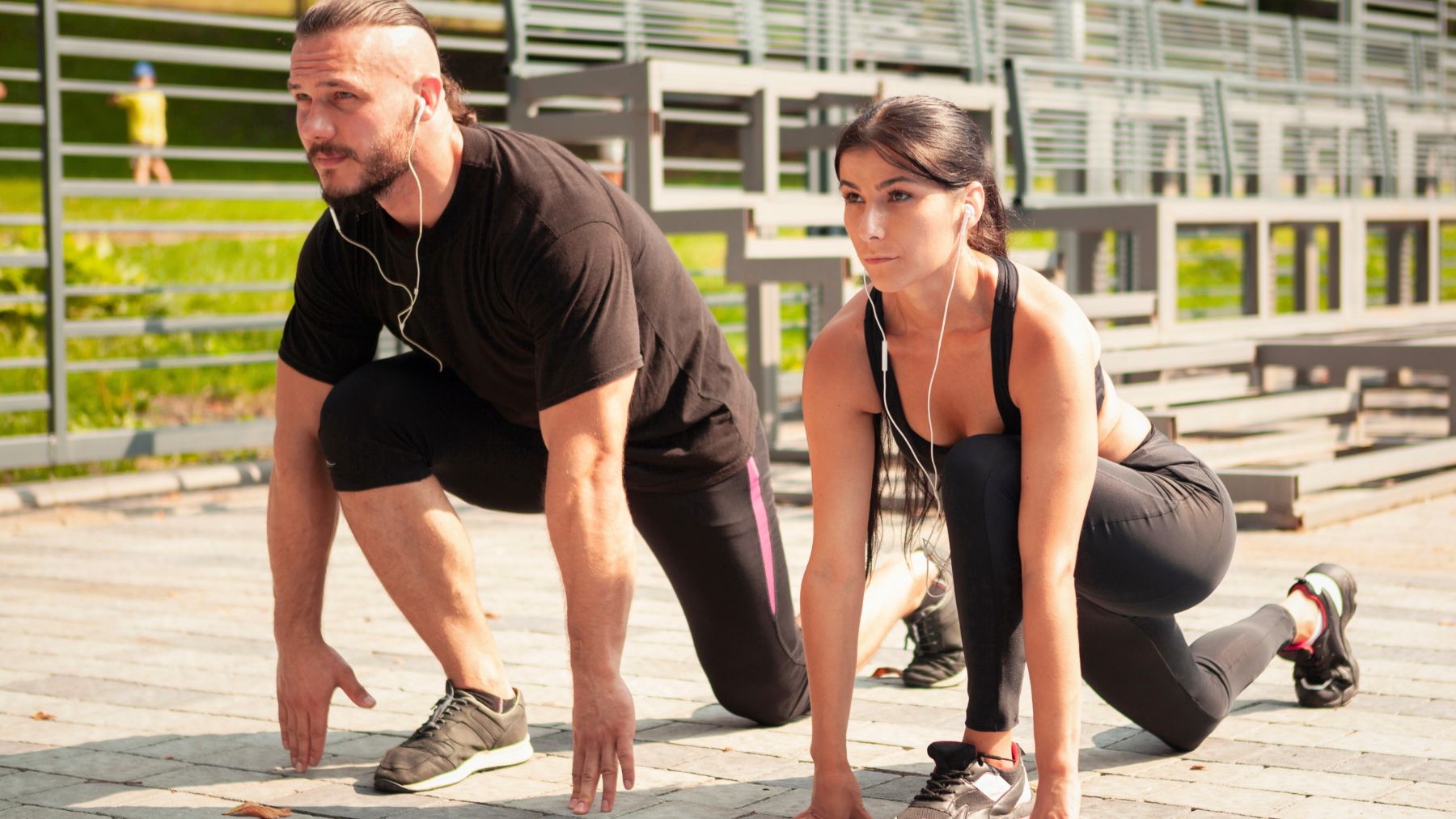How well your body ages involves how strong, mobile, and balanced you stay. A surprising marker of longevity is your ability to move with control. If you can perform certain exercises in your 30s and 40s, you may already be protecting yourself against the aches, falls, and health problems that come with aging.
According to Andy Fata-Chan, a physical therapist, five specific exercises reveal how well your body is holding up. They measure strength, balance, and coordination, qualities that predict mobility and independence later in life. Here, we’ll look at these five moves, including push-ups and single-leg deadlifts, and explain how they keep your body resilient.
The 5 exercises that signal healthy aging
These exercises test the ability to stabilize, generate power, and control your own bodyweight. Each one can be scaled for beginners, but being able to do them properly shows your body is aging well.
1. Single-leg squat to bench
This move highlights balance and lower-body strength. Standing on one leg, slowly bend the knee and hip to lower yourself toward a bench or chair, then push back up without letting the other foot touch the ground. Keeping control on the way down is just as important as standing back up.
Research has shown that the ability to balance on one leg is a strong predictor of survival as people age. This exercise strengthens quads, glutes, and stabilizer muscles, which all help with everyday tasks like walking down stairs or recovering from a stumble.
2. Push-ups
Push-ups are a classic test of both strength and cardiovascular health. Start in a plank position, lower your chest close to the floor while keeping elbows at a 45-degree angle, then push back up in one smooth motion.
They work the chest, triceps, shoulders, and core, muscles you use daily for lifting, pushing, or even getting up from the ground. A 2019 study found men who could do 40 push-ups in one set had a much lower risk of heart disease than those who could do fewer than 10. For beginners, incline push-ups against a wall or countertop are an effective way to build up strength.
3. Single-leg deadlift
This exercise trains the posterior chain: the hamstrings, glutes, and lower back. Stand on one leg, hinge at the hips, and extend the other leg back as you lean forward, then return to standing without losing balance. Keep a soft bend in the standing knee to protect the joint. Strengthening the posterior chain helps reduce back pain and improves walking and running mechanics.
4. Hop and stick
The hop and stick is a controlled jump and landing on one leg. Start on one foot, hop forward or sideways, and land softly on the same foot while keeping your balance. Hold the landing before repeating.
This move is more than athletic—it teaches your brain and body to work together. It improves joint stability, coordination, and bone density, which is especially important for preventing osteoporosis. Learning to land safely also reduces injury risk during everyday slips or stumbles.
5. Split squat isometric hold
This lower-body move builds strength and endurance without motion. Step into a split stance, with one leg forward and one behind, and lower into a squat. Hold the position with your torso upright, front knee over the ankle, and core braced.
Isometric holds train both strength and stability while also stretching the hip flexors of the back leg. This is valuable for anyone who spends hours sitting, since tight hips often lead to back pain. Quadriceps strength, emphasized in this position, is also associated with greater longevity and better mobility later in life.

